SLS ready for long-delayed first launch
Original Publication Date: 2022-08-28 21:42
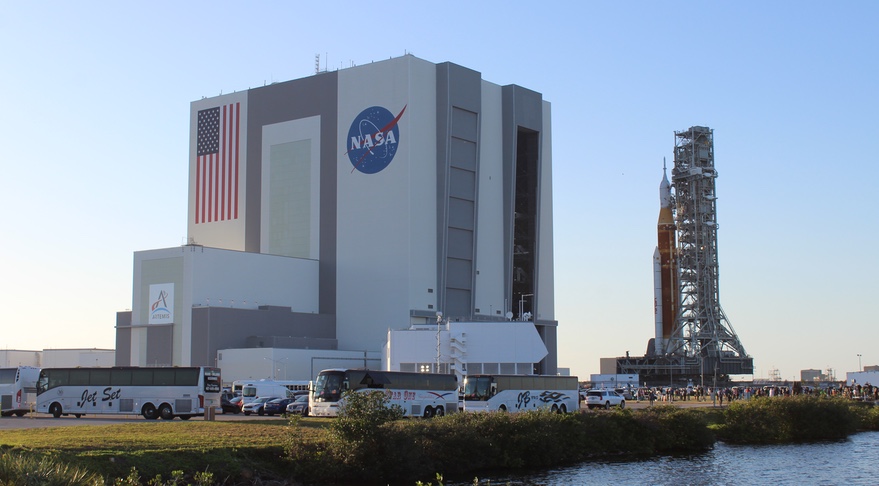
Space Launch System, carrying the Orion spacecraft, is scheduled to launch Aug. 29. Launch preparations are on track for liftoff at the beginning of a two-hour launch window. Forecasts project an 80% chance of acceptable weather at the start of the window. That will mark the first time NASA has attempted to launch the SLS since the program started.
First Artemis 1 launch attempt scrubbed
Original Publication Date: 2022-08-29 12:48
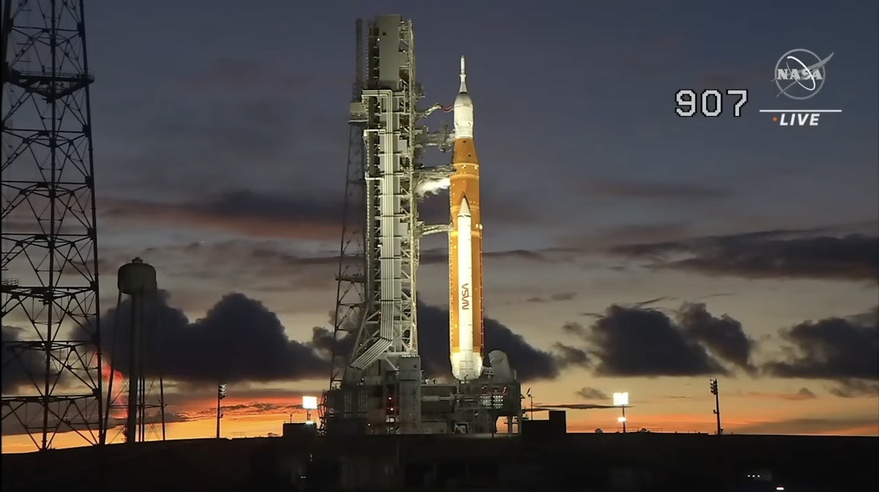
NASA scrubbed the first attempt to launch its Space Launch System rocket and Orion spacecraft. NASA called off the launch shortly after the scheduled 8:33 a.m. Eastern liftoff. Thunderstorms in the vicinity of the launch site kept tanking from starting. The next launch opportunity is no earlier than Sept. 2.
China plans to make aging Long March rocket reusable and non-toxic
Original Publication Date: 2022-08-29 11:08
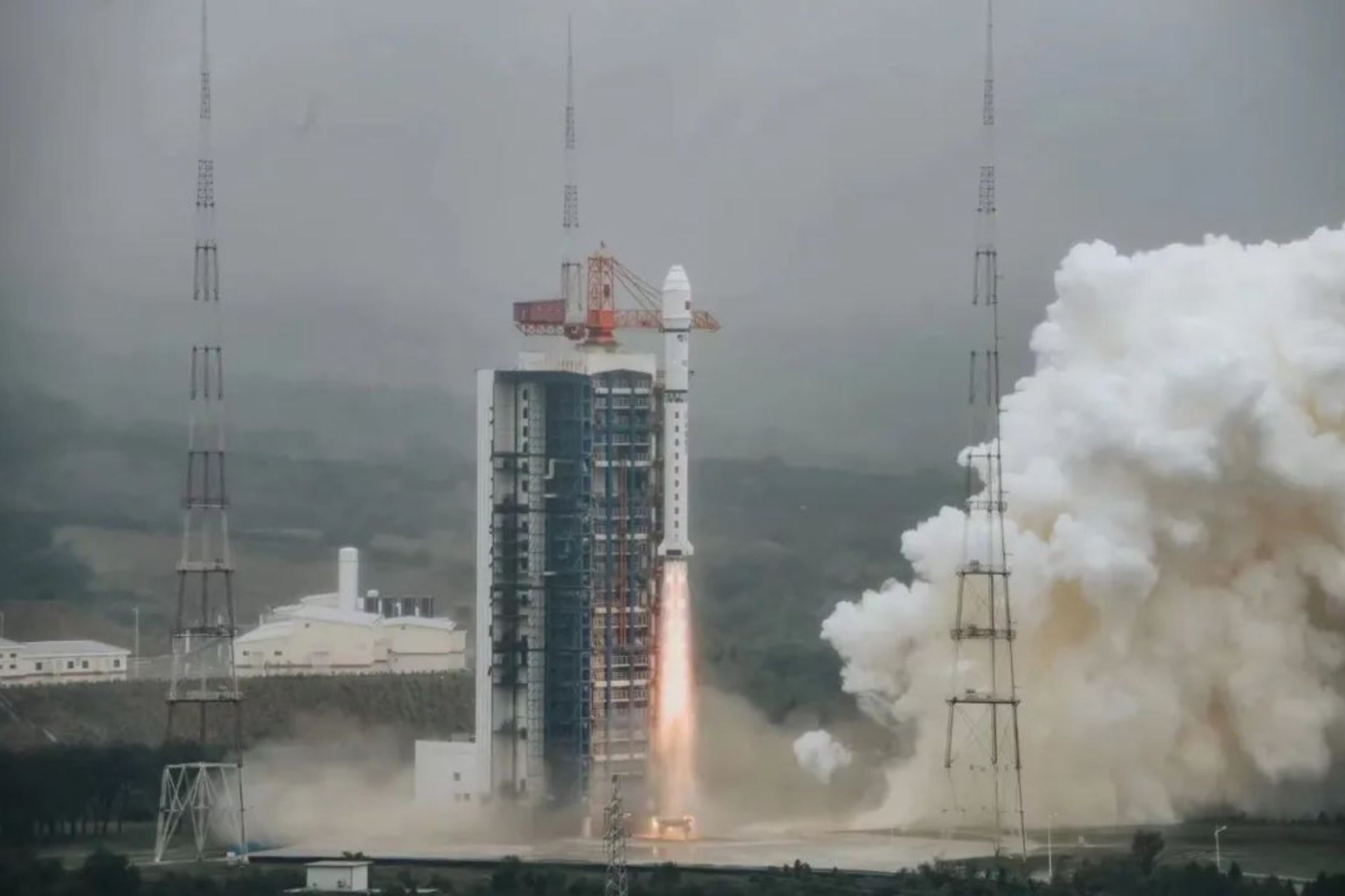
China's main space contractor plans to revamp a highly successful, 30-year-old Long March rocket model. The rocket will in the future be upgraded to use engines powered by kerosene and liquid oxygen. The move appears to be part of a long term plan to develop reusable space transportation systems.
Countdown for first Artemis 1 launch attempt begins
Original Publication Date: 2022-08-27 18:12

Countdown for the Artemis 1 launch formally started at 10:23 a.m. Eastern. Liftoff is scheduled for 8:33 a.m. ET Aug. 29 at the beginning of a two-hour launch window. Agency officials say they are not working on any problems with the vehicle.
Artemis 1 flight to moon depends on precision rocket firings to pull off a complex trajectory – Spaceflight Now
Original Publication Date: 2022-08-28 00:00
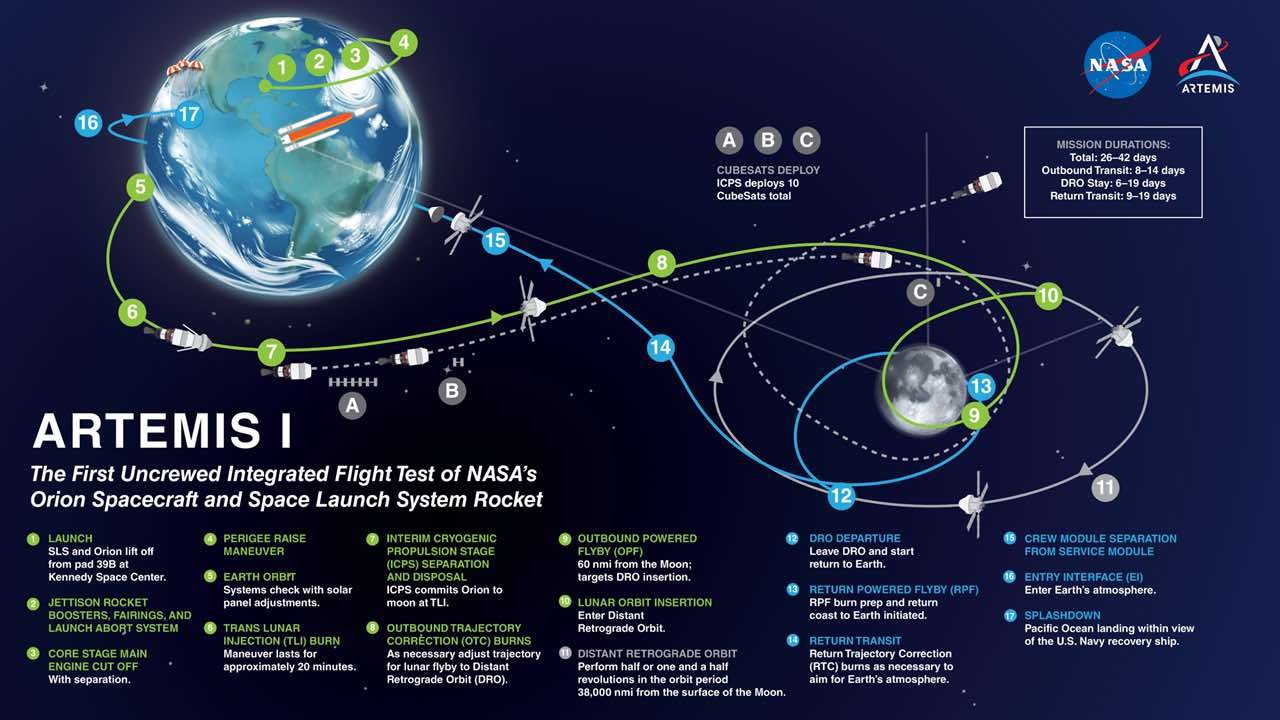
The Artemis 1 test flight will hinge on a complex series of precisely orchestrated deep space maneuvers. Mission planners had to take into account the constantly changing positions of Earth and moon. The trajectory must minimize the amount of time the solar-powered Orion is in the shadow of the moon.
Photos: Aerial survey of Kennedy Space Center on the eve of Artemis 1 – Spaceflight Now
Original Publication Date: 2022-08-28 00:00

The 322-foot-tall (98-meter) Space Launch System moon rocket is standing on pad 39B at Kennedy awaiting liftoff on Artemis 1. Less than two miles to the south of pad 39B, SpaceX has leased Launch Complex 39A from NASA to support launches of its Falcon 9 and Falcon Heavy rockets. SpaceX is now building a launch tower for its next-generation Super Heavy booster and Starship rocket.
NASASpaceFlight.com
The SSLV or Small Satellite Launch Vehicle conducted its launch debut from Sriharikota, India on Sunday, August 7. An issue with the fourth stage resulted in the satellites being deployed in an unusable orbit. The SSLV program’s genesis was a December 2015 National Institute of Advanced Studies proposal to create a “Small Satellite Launch Vehicle-1”
Commercial Archives
Artemis I mission is scheduled for a two-hour launch window that opens at 8:33 AM EDT (12:33 UTC) on Monday, August 29. The mission is the first of three sequenced missions to return humanity to the lunar surface. Artemis I is scheduled to launch from LC-39B at the Kennedy Space Center in Florida.
International Archives
Artemis I mission is scheduled for a two-hour launch window that opens at 8:33 AM EDT (12:33 UTC) on Monday, August 29 from LC-39B at the Kennedy Space Center in Florida. Artemis I is the first of three sequenced missions to return humanity to the lunar surface.
Chinese Long March 3B Launches APStar-6C Communications Satellite – Spaceflight101

China conducted a rare commercial launch of a Long March 3B rocket with the APStar-6C communications satellite for APT Satellite Holdings to join their constellation of Geostationary Communications Satellites. Long March 3B lifted off from the Xichang Satellite Launch Center at 16:06 UTC on a mission of under half an hour to lift the spacecraft into an elliptical Geostationary Transfer Orbit.
Blue Origin’s New Shepard Reaches new Heights in latest Test Flight – Spaceflight101

Blue Origin's reusable New Shepard launch system reached new heights in a test designed to expand the vehicle’s operational envelope by sending it to a peak altitude of 107 Kilometers. Sunday’s flight marked the second for this particular set of hardware, following up on the successful December 2017 mission that debuted “Crew Capsule 2.0”
News – Spaceflight101

Europe's Copernicus satellite fleet is gearing up for the arrival of its next addition on Wednesday. A Russian Rockot booster set to blast off from the Plesetsk Cosmodrome at 17:57 UTC with the Sentinel-3B multi-function satellite. Read more
ISS Updates – Spaceflight101 – International Space Station

A veteran NASA spacewalker and an EVA rookie from Japan ended their week with nearly six hours of work outside the International Space Station. The restoration of the Station’s Mobile Servicing System started last year and continued in January to provide Canadarm2 with a new pair of grappling hands.
Featured – Spaceflight101

SpaceX Falcon 9 takes to the skies over Florida’s Cape Canaveral Monday afternoon. The flight-proven Dragon spacecraft will deliver science gear, supplies and maintenance hardware to the International Space Station. It is the first of at least six cargo ships inbound to the U.S. Segment of ISS this year.
Re-Entry: Long March 11 Rocket Body – Spaceflight101

The CZ-11 fourth stage used leftover propellant for a partial de-orbit maneuver, lowering its perigee to 120 Kilometers. It is reportedly built around a YF-50 main engine and in a nominal mission conducts the orbital circularization after the three CZ-11 stages finish their job.
NASA’s Webb Detects Carbon Dioxide in Exoplanet Atmosphere

Researchers analyze small differences in brightness of the transmitted light across a spectrum of wavelengths to determine exactly what an atmosphere is made of. With its combination of inflated atmosphere and frequent transits, WASP-39 b is an ideal target for transmission spectroscopy. In the resulting spectrum of the exoplanet’s atmosphere, a small hill between 4.1 and 4.6 microns presents the first clear, detailed evidence for carbon dioxide ever detected in a planet outside the solar system.
NASA Helps Minority-Serving Institutions Refine Tech Proposals
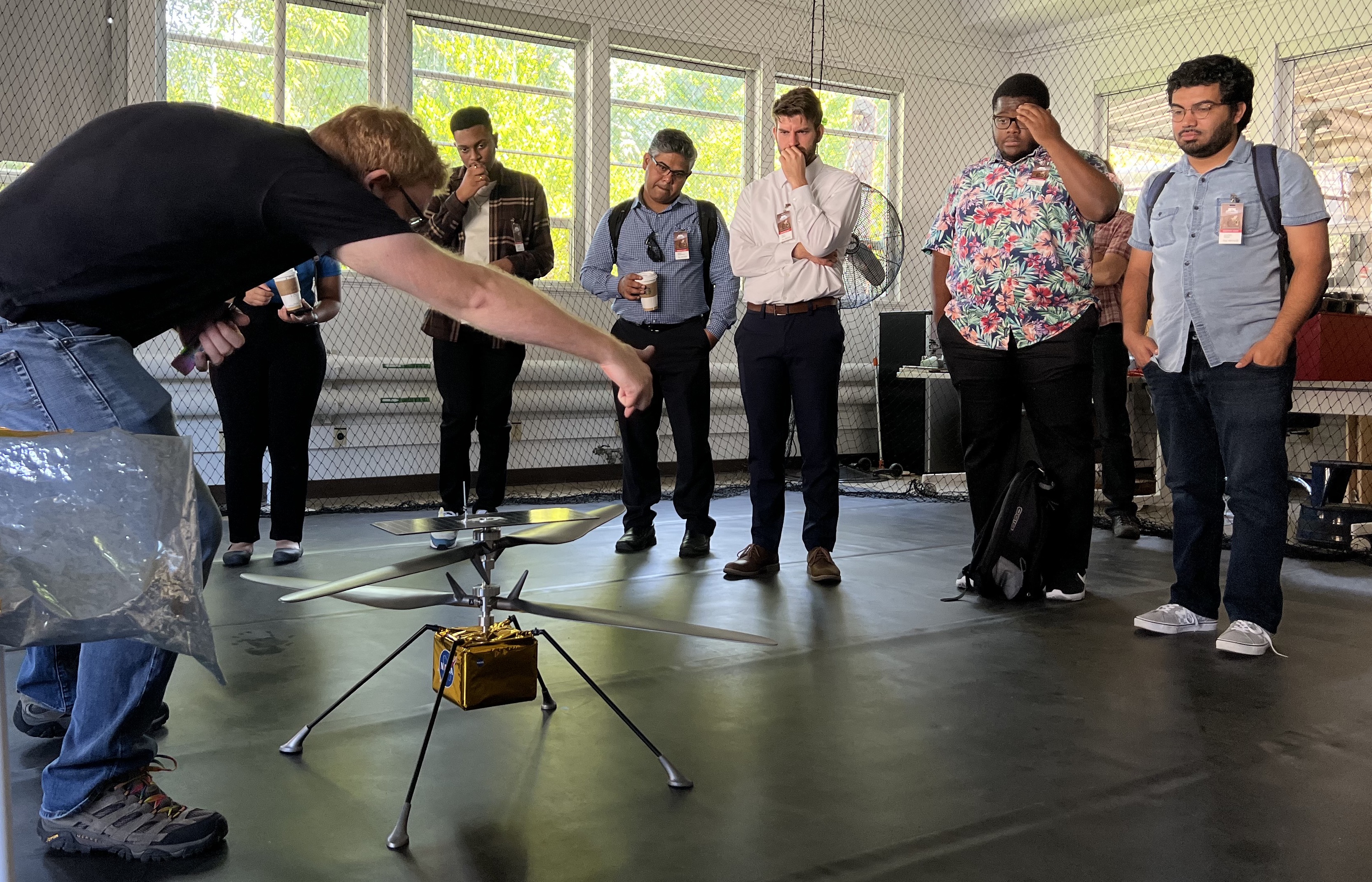
The MSI Space Accelerator is a partnership between NASA's Science Mission Directorate, its Earth Science Technology Office, JPL and Starburst. The FSU concept is dubbed Autonomous Systems With On-Demand Inference From Perception Pipelines. The Massachusetts team, led by engineering professor Tomas Materdey, is working on a system of autonomous drones.
NASA’s Perseverance Makes New Discoveries in Mars’ Jezero Crater

Scientists have offered various theories why olivine is so plentiful over such a large area of the surface. Perseverance abraded a rock to reveal its composition; studying the exposed patch, the scientists homed in on the olivine’s large grain size, along with the rock’s chemistry and texture.
NASA Scientists Help Probe Dark Energy by Testing Gravity
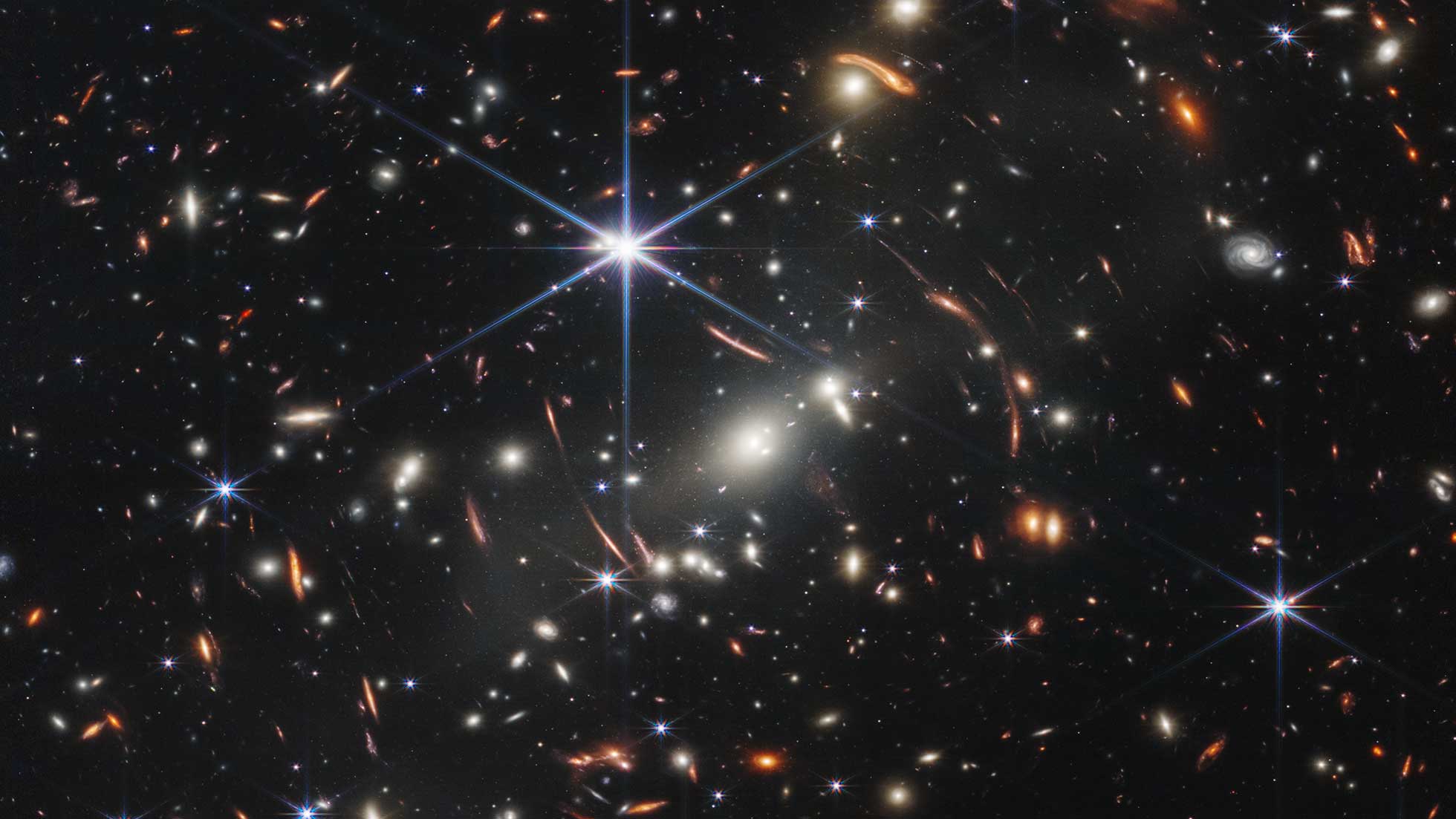
The universe is expanding at an accelerating rate, and scientists don’t know why. This phenomenon seems to contradict everything researchers understand about gravity’s effect on the cosmos. A new study from the international Dark Energy Survey, using the Victor M. Blanco 4-meter Telescope in Chile, marks the latest effort to determine whether this is all simply a misunderstanding.
45 Years Ago: Voyager 2 Begins Its Epic Journey to the Outer Planets and Beyond

Voyager 2 carried out the first close-up observations of Uranus between Nov. 4, 1985, and Feb. 25, 1986. It returned more than 7,000 photographs of the planet, its rings and moons, discovering two new rings and 11 new moons. Voyager 2 took advantage of Uranus’ gravity to send it on to its last planetary destination, Neptune.
Voyager, NASA’s Longest-Lived Mission, Logs 45 Years in Space
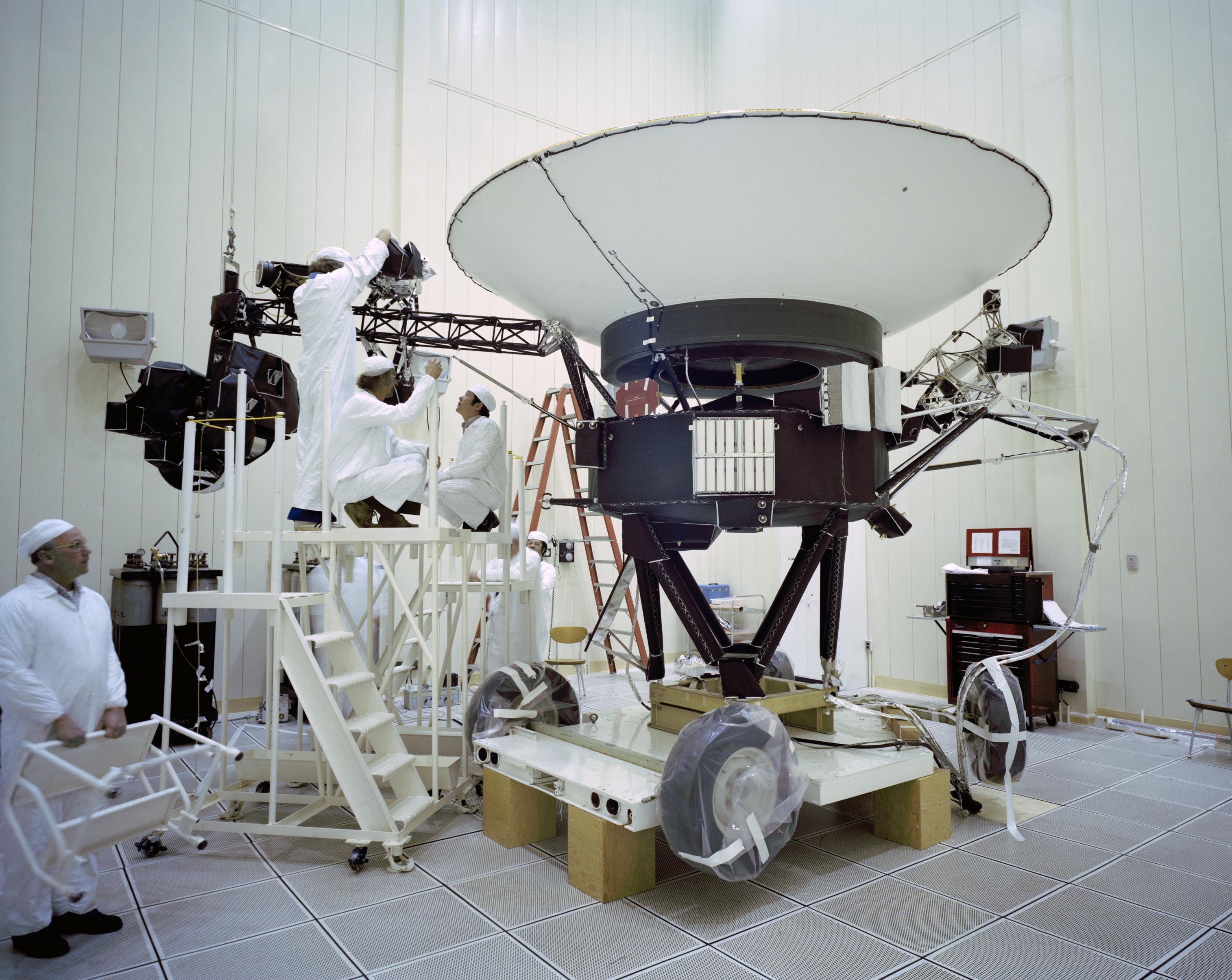
NASA's twin Voyager probes have become, in some ways, time capsules of their era. They each carry an eight-track tape player for recording data. Researchers are combining Voyager’s observations with data from newer missions to get a more complete picture of our Sun.
Test Chamber for NASA’s New Cosmic Mapmaker Makes Dramatic Entrance

The SPHEREx telescope will detect infrared light, which human eyes can’t detect. A custom test chamber was built by the Korean Astronomy and Space Science Institute. It will be used to test SPHEREx’s detectors (essentially its cameras) and optics (the system that collects light from the cosmos)
